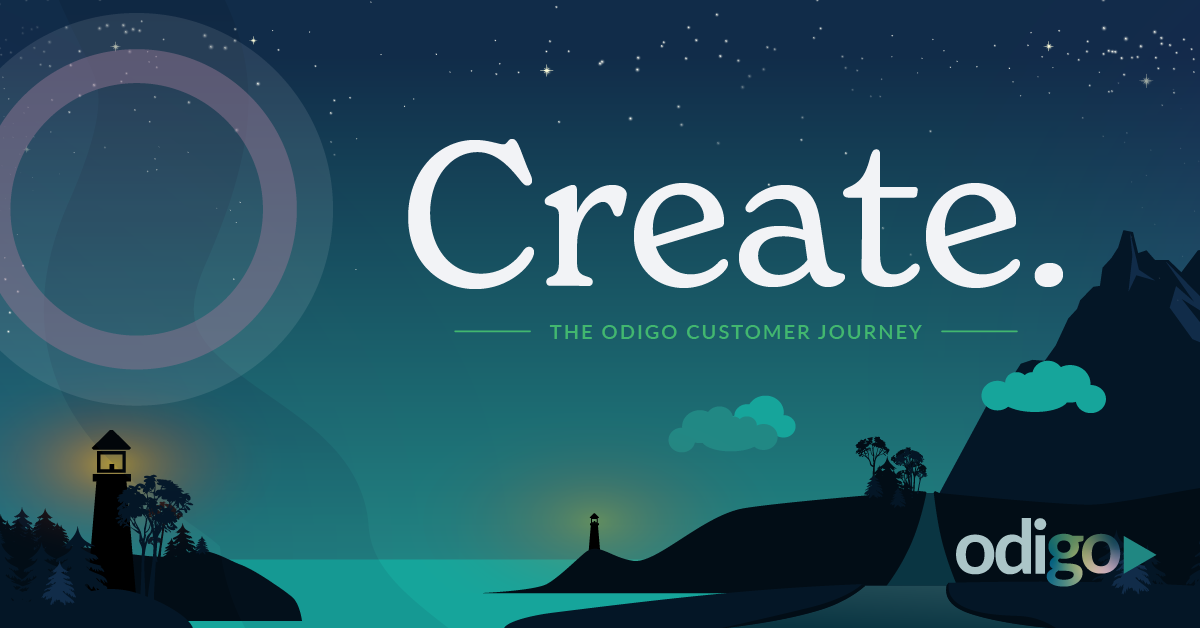 Nobody likes to be on the receiving end of a one-way conversation without any opportunity to participate. Let me submit as evidence … the person standing on a milk crate in the middle of a crowded city center yelling at passersby through a megaphone. Or your opinionated relative holding the whole family hostage to their political opinions at the holiday dinner table. Or literally any person telling any story that starts with “When I was a kid …”
Nobody likes to be on the receiving end of a one-way conversation without any opportunity to participate. Let me submit as evidence … the person standing on a milk crate in the middle of a crowded city center yelling at passersby through a megaphone. Or your opinionated relative holding the whole family hostage to their political opinions at the holiday dinner table. Or literally any person telling any story that starts with “When I was a kid …”
Regardless of whether you agree or disagree with the message, the invasive nature of a one-way conversation tends to ruffle more feathers than gain more followers. Yet, marketing has long been a one-way conversation of invasive campaigns aiming to make potential customers aware of a product or service, entice them to express interest, and then hand them off to sellers to develop a two-way dialog and pitch the solution.
Fortunately (or unfortunately, depending on how you look at it, I suppose), digital transformation has opened the door to an entirely new Customer Journey, enabling prospective customers to identify their needs, discover your solutions, evaluate your products and services, and decide when and how to engage with your company ‒ on their terms. So, the question becomes … when does marketing end and sales begin? There’s no longer a clear hand-off as customers navigate engaging with your company on their terms. Maybe they have questions. Maybe they’ve already made a decision. You don’t know.
But one thing is certain ‒ customers want to be in control of the relationship. In fact, since 70‒90% of a consumer’s purchase decisions are made before they ever engage with your company, it’s imperative that you provide the right content to the right audience at the right time. All the time. Enter interactive marketing.
What is interactive marketing?
Simply put, interactive marketing uses two-way communication channels to allow consumers to connect with a company directly. Interactive marketing enables you to learn what your ideal customers want to learn. It’s an approach that provides your target audience the opportunity to self-identify, share their pains, select their preferences, and engage in a value-added conversation with your company.
Interactive marketing can take on many forms ranging from launch events to forms and surveys, quizzes, calculators, and games ‒ among other dynamic communication channels. Regardless of the format of the conversation, the key is that it is not a one-way campaign directed at a mass audience. It is a much more tailored two-way engagement that enables the customer to participate in the messages and content produced by your team. Interactive marketing allows customers to have control over their engagement with you ‒ even if you don’t have the resources to have one-on-one conversations with every potential customer.
How can a company interact with potential customers at scale?
Look, we’re still working in a global economy driven by digital transformation. We still need to reach customer audiences at scale. We still need automated workflows. There still needs to be a way for customers to self-qualify before accessing your sellers. Time is still money.
And yet, enabling your target audience to navigate a dynamic Customer Journey tailored to them ‒ no matter where they are in their browsing, evaluating, or purchase decision-making processes ‒ allows them to participate in the experience. Rather than being yelled at through a campaign megaphone, they can browse and select the path that is most relevant to their needs and their experiences. They can navigate forward, backward, or sideways in a way that gives them control of the conversation and allows them to explore the content that is right for them – rather than waiting to see your ads pop up in their news feeds. The Customer Journey provides the ultimate “choose your own adventure” framework for customers to navigate your marketing messages, leading to the ultimate customer experience.
How does a dynamic Customer Journey work?
By layering in your product, service, or solution content in alignment with the way your customers use your technology, you can help them discover the benefits of solutions they already have or identify benefits they didn’t know they needed. You can share case studies and success stories, or detail business pains or benefits. You can serve up features charts and compare capabilities or schedule a demo ‒ depending on where the customer is in their journey. The key is that the customer is in the driver’s seat … they can click to learn more, skip around the navigation structure, start at the beginning and make their way through, or click through quickly ‒ browsing headlines until the right content captures their attention.
How can I build a Customer Journey?
Mapping your solutions to the way your customers want to engage with your company takes some practice. And a robust framework. And years of experience. Making your solutions come alive in an interactive and engaging way is a fine art that few have mastered. We like to think we’ve cracked the code on the art and the science to a Customer Journey. But we’d like your opinion.

